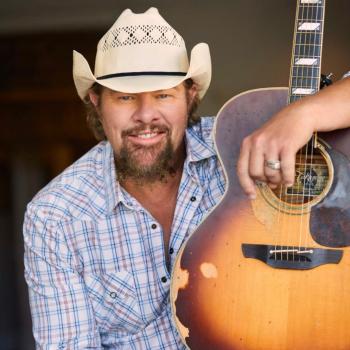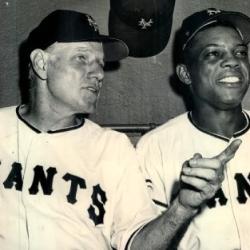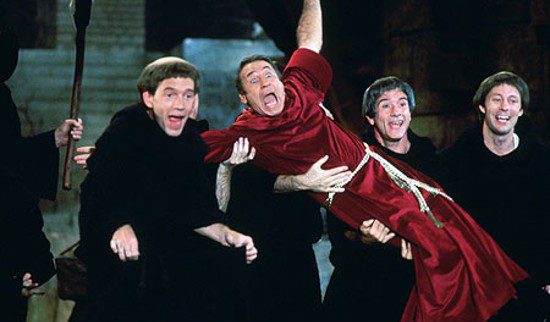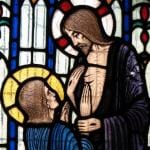Shortly after Kurt Cobain took his life, another young artist from a different band experienced a crisis of his own. That band (not part of the Seattle scene) was touring in support of their big break-out album, but the tour was interrupted when the lead singer fell ill. What most of us didn’t know at the time was that he was suffering from severe depression.
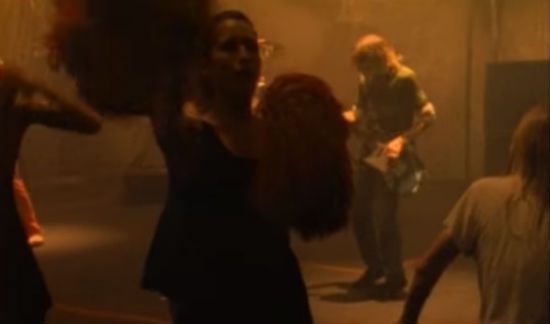
Something else happened that most of the public never heard about either. Some other musicians got involved.
The way it was told to me, Neil Young started it. He started calling around to other artists, insisting that “We can’t lose another one.” He didn’t know what else to do, but he didn’t want to sit by and do nothing while watching another gifted young musician die from this illness. So he and Michael Stipe and a few others who’d been in the business for a while made sure that the guy wasn’t alone. They arranged to have somebody at his side — literally — to stand by him while encouraging him to get help.
They took turns. They boarded planes. They interrupted whatever it was they had been doing themselves so that they could be there.
I can’t confirm the details of that story because I wasn’t there and I’m not anything like a part of that world. I’ve never met the famous people involved. I heard about it second-hand, from a couple of musical journeymen who said they’d witnessed this tag-team support group at work. I’ve never seen Young or Stipe or any of those other folks discussing the story publicly, though, perhaps because it’s not their story to tell. The young musician himself has been very open about his lifelong struggle with mental illness, but he hasn’t shared this story publicly either that I’m aware of. He’s not so young anymore, but he’s still making some pretty good music, and seems to be doing well.
This is, I think, a lovely story. It’s about coming together to help bear each other’s burdens, even when those burdens are unbearable. (And, yes, the idea of a grumpy, irascible Canadian rock-god showing up to sit quietly by someone in their time of need makes me smile to imagine it.)
It is, among other things, a story about community and neighborliness. About something very much like church or, at least, about what church should be — what we wish it could be, or need it to be.
I’ve thought about that story a lot recently, following the deaths of Chris Cornell and Chester Bennington. The church of rock and roll wasn’t able to be there for them. Maybe nobody saw the warning signs in time to reach out or to be there. Or maybe that’s just how this disease works, sneakily and insidiously and sometimes too suddenly for help to arrive.
But today I’m thinking of this story again because of how different it is from the wretched, controlling, victim-blaming nonsense being peddled as “biblical counseling.” Rallying an unlikely, ad hoc support group in the name of “We can’t lose another one” is something reminiscent of the idea of church. Shaming and isolating hurting people while offering them nothing more than empty platitudes dressed up as “biblical wisdom” is the opposite of everything the church needs to be and ought to be.
Anyway, I thought about posting “Everybody Hurts” as a kicker here, but that’s probably a bit too on-the-nose. So here’s this instead:



